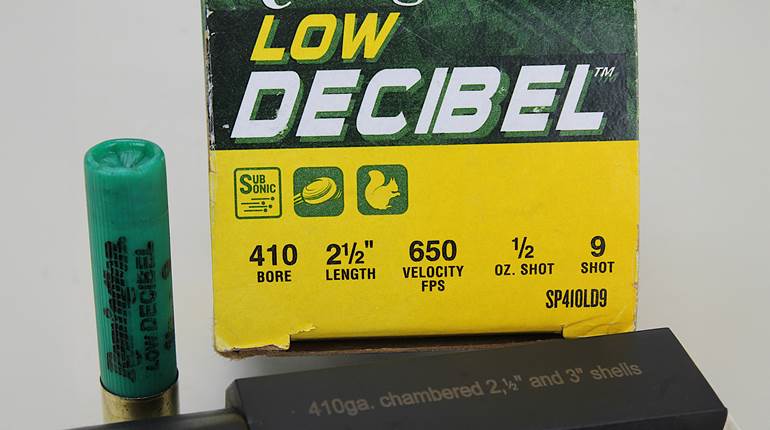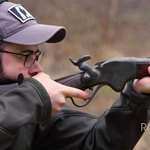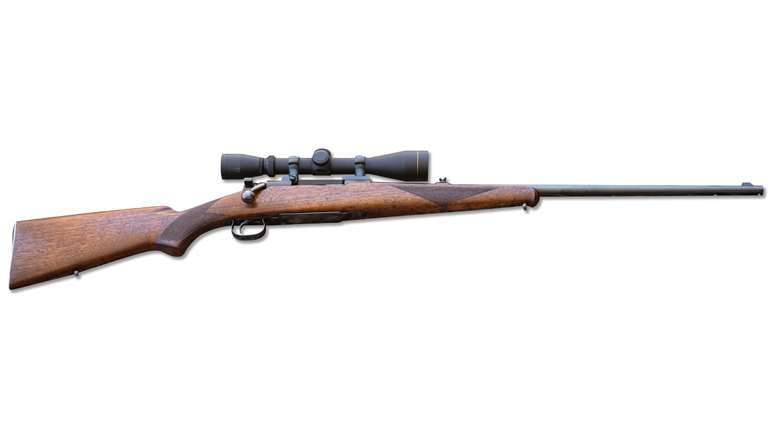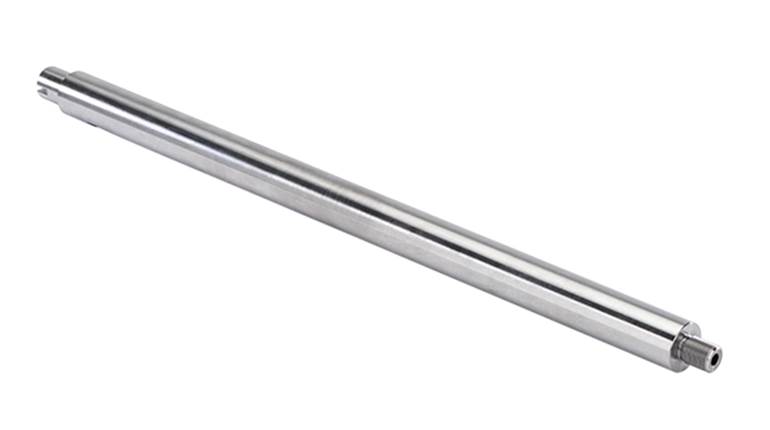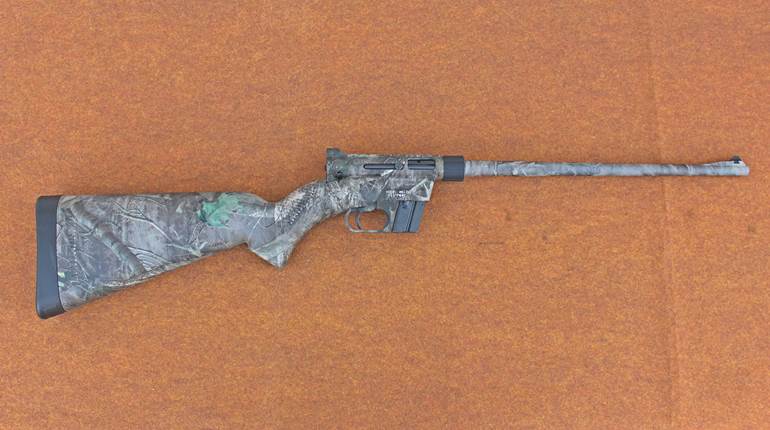
Henry Deringer has a particular distinction: He is the only gunmaker to have an entire genre of pistols named after him. Now commonly spelled “derringer,” Deringer’s line of small, pocketable, percussion-fired single-shots provided the inspiration for a huge number of other eponymously termed percussion and cartridge pistols from the time of their inception in the early 19th century up to this day.
Henry Deringer was born in 1786 in Easton, Pa. After an apprenticeship, and some practical experience at the Virginia Manufactory of Arms at Richmond, he re-located to Philadelphia where he set up his own firearm business. Deringer offered sporting long arms, handguns, fowling pieces and edged weapons—some of his own construction and others manufactured by outsiders. Beginning around 1810, he produced a limited quantity of military rifles under contract to the state of Pennsylvania and probably fewer than 100 pistols for Maryland. Later, orders for Model 1817 rifles for the federal government were forthcoming, but, again, Deringer appears to have made them only in small numbers.
Deringer continued producing civilian rifles and handguns, with styles of the latter ranging from dueling pistols (very few) and belt pistols to, by the 1830s, the small, single-shot percussion pistols which brought him particular recognition and attendant financial success. These diminutive arms were turned out in a wide variety of sizes, ranging from small “peanut” (a modern collector’s term) versions of .36-.38 caliber with 1" barrels and measuring less than 4" overall, to medium sizes with barrels running to 3", and larger models with 3½" to 6" barrels. The smaller guns, understandably, had no ramrods, while larger ones often did.
The lines and embellishments of Deringer’s products, beginning in the late 1840s and early 1850s, usually followed a general pattern that could fluctuate a bit, depending upon a gun’s size and the whims of the craftsman or wishes of the buyer: walnut stocks with checkered bird’s head butts, casehardened back-action locks, German silver escutcheons and buttcaps and rifled steel barrels finished with a faux Damascus pattern. Calibers were commonly in the .40s. They were marked with Deringer’s address and a “sunburst P” barrel proof.
Philadelphia Deringers, as they later came to be called, were often produced in pairs and cased accordingly. Engraving was universal but varied in pattern and coverage. Some guns had gold and silver embellishments ranging from simple breech lines to trigger guards and stock furniture. The quality on these pistols was excellent and, appropriately, business was brisk—so brisk, in fact, that early on, copies were sold by a number of makers, domestic and European. Some were fraudulently marked with the originator’s name, and others closely appropriated Deringer’s markings, though using two “r”s in the spelling.
As well as being hot items on the East Coast, Deringer’s products were highly regarded by fortune-seekers heading to California during the Gold Rush period. Accordingly, California retailers’ names (as well as those of dealers from other regions) are commonly seen on some pistols’ barrels. John Wilkes Booth infamously employed one of Deringer’s pistols to assassinate President Abraham Lincoln at Ford’s Theatre. His pistol, now on display in Washington, D.C. at the theater, was of .44 caliber and had a 2½" barrel. One might suppose the ignominy of Booth’s act would have had a negative effect on Deringer’s fortunes, but such was not the case. The guns continued to sell well up to the originator’s death in 1868. In the cartridge era, the generic moniker attributed to the small pistols was popularly appropriated by others, a practice that continues to this day.
The example shown here is of a very common type, and except for engraving differences, is almost a ringer for Booth’s. Though lacking finish, it is otherwise in good shape and quite sound. A retailer’s name, C. Curry of San Francisco, Calif., adds to the piece’s interest and worth. The market for Der(r)ingers has taken something of a hit as of late, thus this pistol would sell for a modest $1,550.
Gun: Philadelphia Deringer
Manufacturer: Henry Deringer, Philadelphia, Pa.
Caliber: .44
Manufactured: c. 1856
Condition: NRA Very Good (Antique Gun Standards)
Value: $1,550














